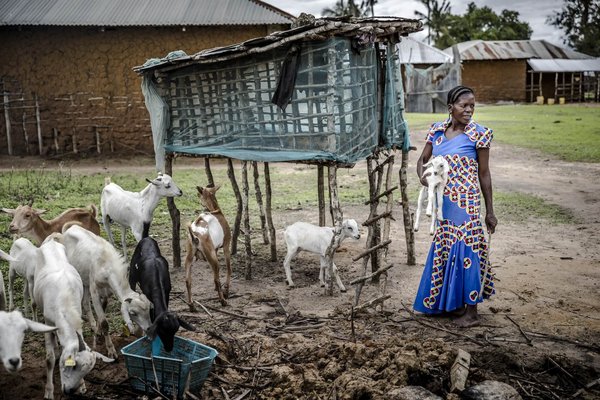- Share this article
- Subscribe to our newsletter
A quarter of development aid remains in donor countries
More than a quarter of the aid money given by members of the Development Assistance Committee (DAC) of the Organisation for Economic Co-operation and Development (OECD) is not transferred to developing countries, according to a study by researchers from the Migration Policy Centre of the European University Institute and the Institute for the World Economy (IWF Kiel) published in August 2019.
Moreover, the increase of development aid in recent years is mostly attributable to higher spending on refugees within donor countries, the study shows. These findings are at odds with policy makers’ intentions of increasing development aid as a means to curb irregular migration, the authors say.'
Their study illustrates that a substantial share of development aid is spent within the donor countries’ own borders. This so-called non-transferred aid accounted for more than 25 per cent of overall aid given in 2016 - the last year for which data from the 29 donor countries and 125 recipient countries included were available. The trend is continuing when looking at newer data from individual donor countries.
What does aid actually entail?
There is a lack of understanding about what aid actually entails, the researchers point out. It does not necessarily equal direct assistance to developing countries and the people living in these countries. While some aid does come in the form of money, aid is also provided as food and other goods, through debt relief, and consultants and staff providing technical advice and training. The list of what can be counted as aid has expanded over time.
Including non-transferred aid in overall aid statistics thus distorts perceptions about the amount of money available for improving living conditions in low-income countries, they criticise, saying that in particular in-donor refugee costs stand out. Unlike other types of non-transferred aid such as awareness campaigns, which might help raise public support in donor countries for scaling up development aid, in-donor refugee costs are virtually unrelated to development in recipient countries.
Increasing development aid to reduce irregular migration?
Since the “refugee crisis” and the subsequent rise of anti-immigration populist parties, policy makers see scaling-up of development aid as a key instrument to deter migration. They argue that long-term development assistance can help address the root causes of migration through the creation of earning opportunities, quality education and better public services, thereby giving people an incentive to stay at home.
Yet, the researchers’ study illustrates that the surge in development aid since 2015 has predominantly been driven by the increase in in-donor refugee costs. Without the resource transfer to developing countries, would-be migrants are unlikely to experience actual benefits in terms of higher individual incomes and/or improved quality of public services, the researches criticise.
(IFW Kiel/ile)





Add a comment
Be the First to Comment